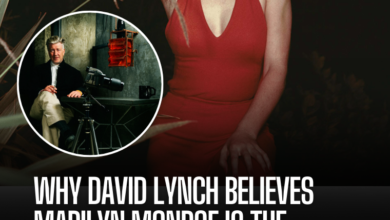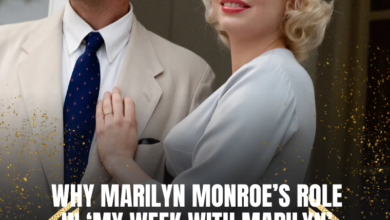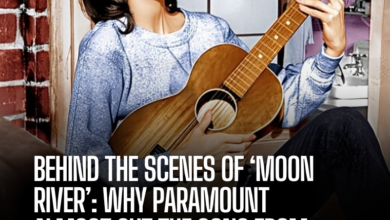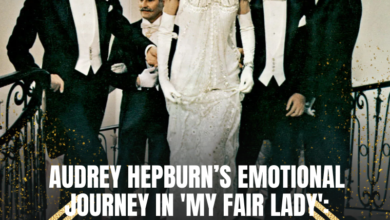The Surprising Film You Forgot Monroe and Bacall Starred in Together—How to Marry a Millionaire Uncovered!
OPINION: This article may contain commentary which reflects the author's opinion.
In 1953, How to Marry a Millionaire brought together two of Hollywood’s most iconic leading ladies: Marilyn Monroe and Lauren Bacall. This effervescent romantic comedy, directed by Jean Negulesco, follows three New York City models—Schatze Page (Bacall), Loco Dempsey (Betty Grable), and Pola Debevoise (Monroe)—on their lighthearted quest to secure wealthy husbands. What begins as a calculated pursuit of riches leads to unexpected romance, with each character finding love in ways that surprise them.
A Trailblazing Cinematic Achievement
Beyond its charming storyline, How to Marry a Millionaire holds a special place in film history. It was the first movie shot in the revolutionary CinemaScope process by 20th Century-Fox, a widescreen format that added new depth and spectacle to the big screen. Released shortly after the biblical epic The Robe, this technical leap presented both challenges and opportunities. As Lauren Bacall later reflected, the CinemaScope format required actors to maintain a certain distance from one another and deliver performances more akin to stage work—an adjustment that Bacall found exciting and well-suited to her style.
Unveiling Monroe and Bacall’s Dynamic
While both Monroe and Bacall shone in their respective roles, their approaches to the craft—and their personalities—stood in stark contrast. Bacall, known for her cool professionalism, portrayed Schatze Page, a sharp and determined character often considered the film’s anchor. Monroe, meanwhile, played the sweetly ditzy Pola Debevoise, whose reluctance to wear glasses in front of suitors leads to a series of endearing comic mishaps. The two women shared screen time and delivered memorable performances, but their off-screen dynamic revealed as much about their personas as their on-screen chemistry.
In her autobiography, Bacall wrote candidly about Monroe’s insecurities and frequent tardiness, contrasting them with Betty Grable’s more outgoing, dependable nature. Bacall’s portrayal of Schatze often received critical acclaim, with many noting her performance as the strongest in the film, while Monroe’s Pola provided a dose of playful charm that became one of the film’s most beloved elements.
A Snapshot of Mid-Century Glamour
Beyond its compelling cast, How to Marry a Millionaire serves as a time capsule of 1950s New York City and its glamorous, escapist ideals. With its sparkling dialogue, fabulous wardrobes, and a breezy plot that pokes fun at the pursuit of wealth, the film captures a uniquely golden-age Hollywood sensibility. Audiences were drawn not only to its star power but also to the clever in-jokes, such as Betty Grable’s character failing to recognize a record by her real-life husband, bandleader Harry James, or Bacall’s sly reference to her then-husband Humphrey Bogart in The African Queen.
The Legacy of How to Marry a Millionaire
Though it was released nearly 70 years ago, How to Marry a Millionaire remains a beloved classic, thanks in large part to the enduring appeal of its cast. Monroe’s blend of innocence and allure, Bacall’s commanding elegance, and Grable’s spirited humor form a trio of unforgettable performances. The film not only furthered Monroe’s ascent as a global symbol but also solidified Bacall’s reputation as a versatile and intelligent actress. Together, they brought humor, glamour, and heart to a movie that continues to delight audiences around the world.



